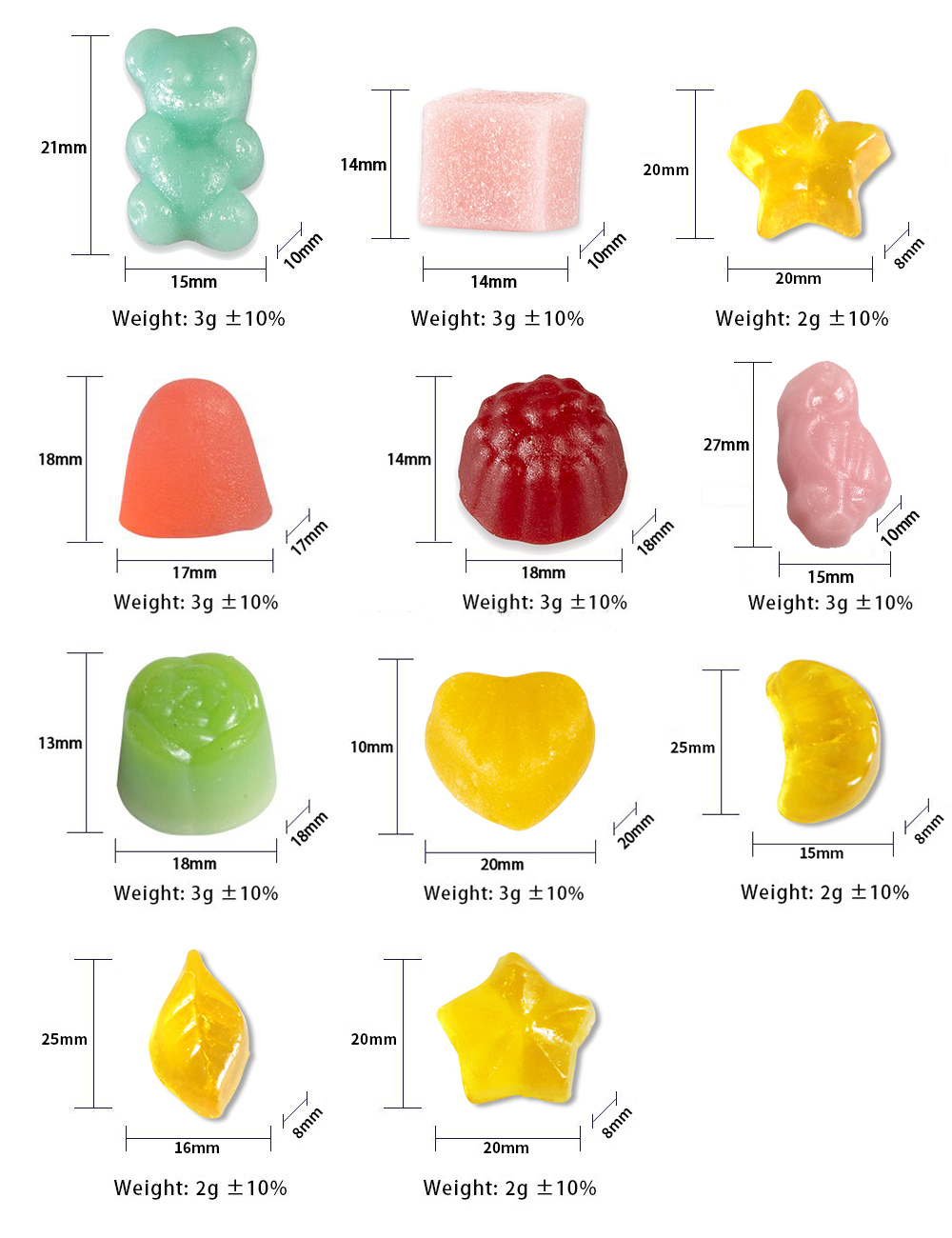
Well Planned and On Track
Nutritional gummies may appear straightforward, yet the production process is fraught with challenges. We must not only ensure that the nutritional formulation contains a scientifically balanced proportion of nutrients but also meticulously design its form, shape, taste, and guarantee an extended shelf life. To achieve this, we need to contemplate several key questions:
Who is our target audience?
While there are numerous pathways to successfully develop gummy nutrition products, the foremost step is to gain a profound understanding of our target consumer group. This involves considering their anticipated consumption times or scenarios (e.g., before/during/after exercise) and whether the product addresses specific needs (e.g., enhancing endurance or promoting recovery) or adheres to classic multi-dimensional nutrition concepts appealing to a broader audience.
In this context, perhaps the most pivotal question is: Do consumers within our target demographic accept the gummy format for nutritional supplements? There are those who embrace innovation as well as those who resist it. However, sports nutrition gummies possess widespread appeal among both new and established consumers. As a long-standing popular food format, they are cherished by traditional users; in contrast, within the realm of sports nutrition, they have emerged in relatively novel forms that attract trendsetters seeking unique formulations.
How important is low sugar?
In summary, adopting low-sugar or sugar-free formulations is essential for meeting the demands of contemporary sports nutrition consumers. These individuals tend to be more health-conscious than average consumers and possess a keen awareness of various ingredients' advantages and disadvantages—particularly concerning sugar content. According to research conducted by Mintel, nearly half (46%) of consumers utilizing sports nutrition products actively avoid purchasing items high in sugar.
While reducing sugar content is a fundamental objective in recipe design, achieving this goal can present certain challenges. Sugar substitutes frequently alter the taste and texture of the final product when compared to traditional sugars. Consequently, effectively balancing and mitigating any potential adverse flavors has become a crucial factor in ensuring the palatability of the end product.
3. Am I aware of the shelf life and stability of the product?
Gelatin plays an essential role in imparting nutritional gummies with their distinctive texture and appealing flavor. However, gelatin's low melting point—approximately 35℃—means that improper storage during transportation can lead to melting issues, resulting in clumping and other complications that negatively impact the consumer experience.
In severe cases, melted fudge may adhere to one another or accumulate at the bottom of containers or packages, creating not only an unappealing visual presentation but also making consumption inconvenient. Furthermore, both temperature and duration within various storage environments significantly influence the stability and nutritional value of active ingredients.
4. Should I opt for a plant-based formula?
The vegan gummy market is experiencing significant growth. Nevertheless, beyond merely substituting gelatin with plant-based gelling agents, additional factors must be considered during formulation design. Alternative ingredients often introduce numerous challenges; for instance, they may exhibit heightened sensitivity to pH levels and metal ions found in certain active components. As such, formulators may need to implement several adjustments to ensure product stability—these could include modifying the order of raw material incorporation or selecting more acidic flavoring agents to meet stability requirements.

Post time: Oct-14-2024



